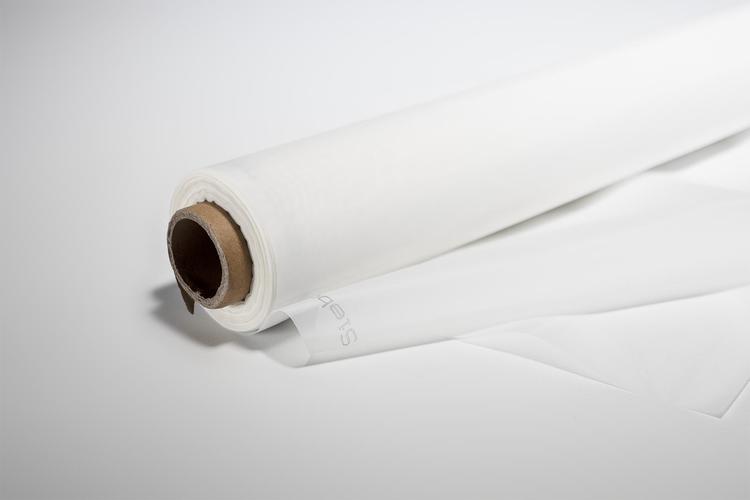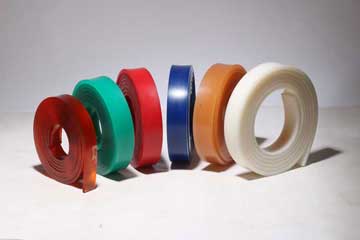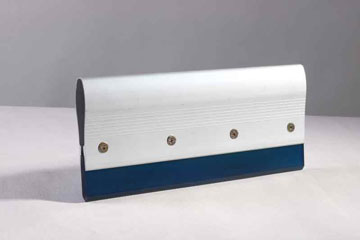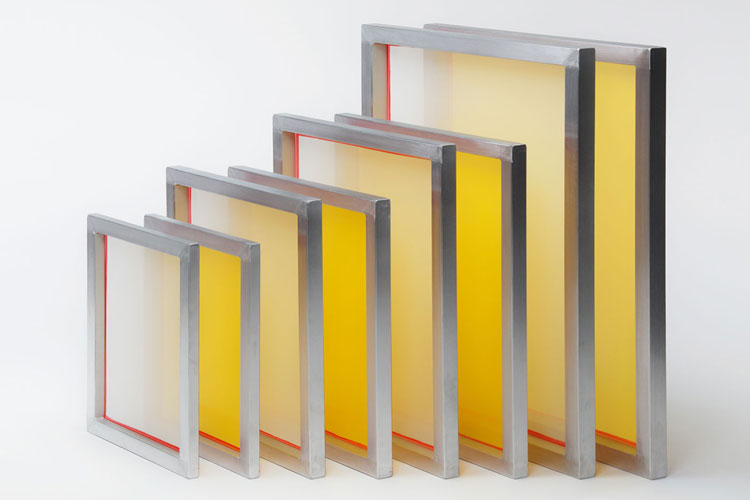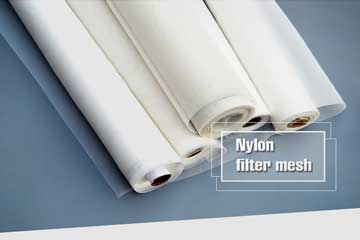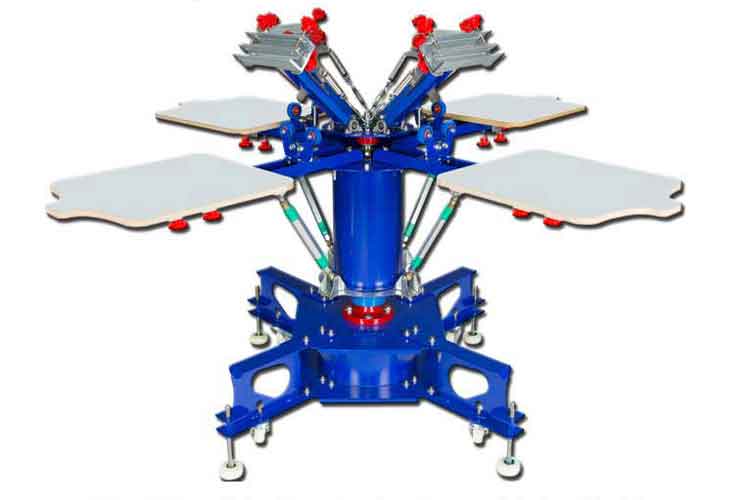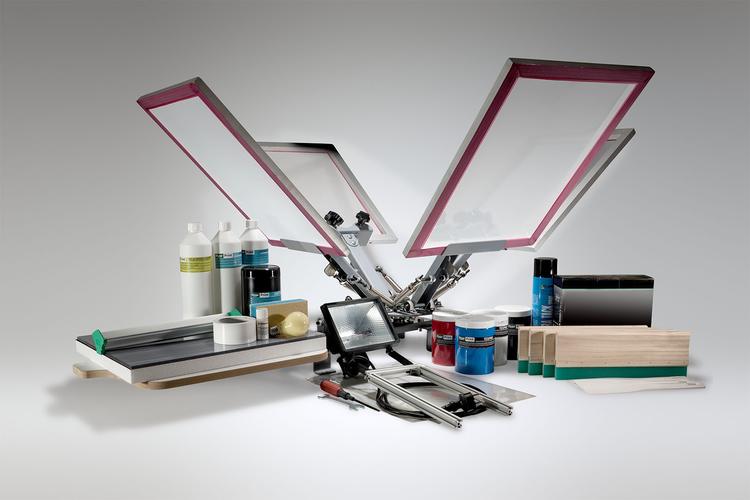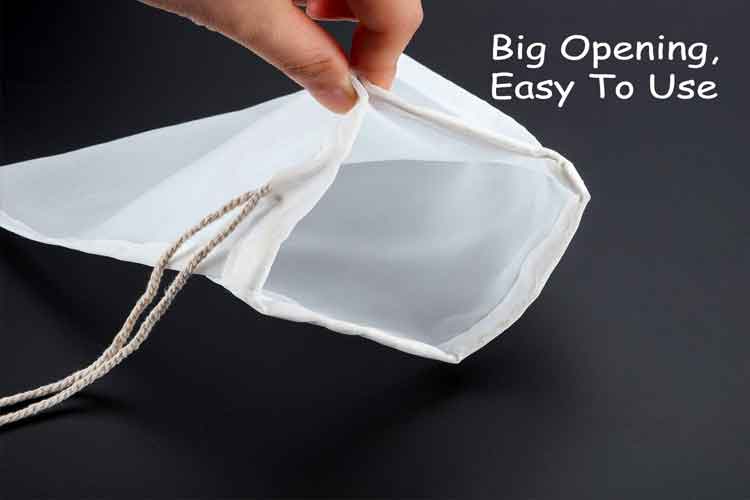Used in industrial products on the printing method-screen printing
Screen printing is through a certain amount of pressure, the use of screen printing squeegee (Squeegee) screen printing ink (Ink) through the screen aperture (Mesh Apertures), which will print the pattern placed in the screen below the prod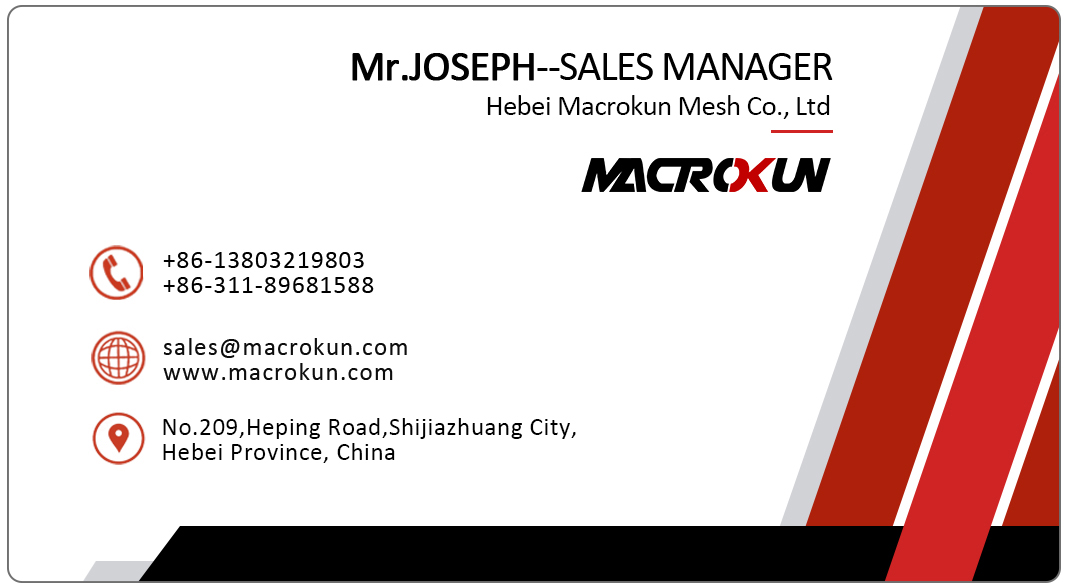
Screen printing is through a certain amount of pressure, the use of screen printing squeegee (Squeegee) screen printing ink (Ink) through the screen aperture (Mesh Apertures), which will print the pattern placed in the screen below the product.
Screen printing process:
1.Film production (Film / Transparent Overlay): can be understood as the film, the pattern part is black, the rest is transparent color.
2. Making Screen (Pringting Screen): Selection → Screen Grinding → Level Calibration → Mesh Stretch Mesh → Mesh to Ester → Stencil Stencil → Exposure → Stencil Rinse → Revision → Edge Storage
1) Screen frame (Frames)
Wooden: easy to make, lightweight, mostly used for manual printing. But not resistant to corrosion easily deformed, affecting the printing accuracy, so mostly for the production of hand or a small amount of printing used
Hollow aluminum, aluminum molding: the most widely used, easy to operate, corrosion-resistant deformation is not easy
Steel: the most sturdy most easily deformed one, but because of the more bulky, less use in daily production
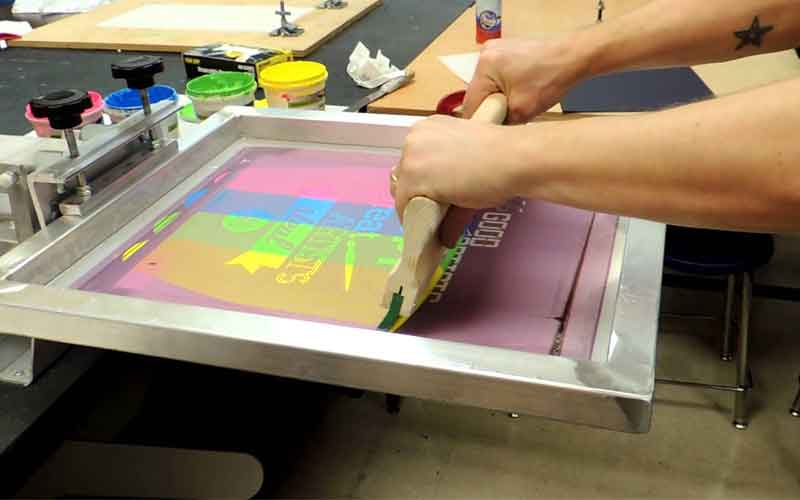
2) silk screen printing mesh (Mesh)
Mesh: Mesh is the precision unit of the screen, which refers to the number of holes in the screen within one inch. For example, 150 mesh means that there are 150 meshes in one inch (5.9 meshes in 1 millimeter). T refers to the number of meshes per square centimeter, screen printing 1T = 2.54 mesh, that is 100T = 254 mesh, 300 mesh = 118T. Because the film is also inches in units of conversion, so according to the mesh to label more easily converted.
Net yarn materials: There are chemical fiber mesh and metal mesh common in the market, the same net yarn materials have their own advantages and disadvantages, the production of general chemical fiber network can meet the demand, but there are some high-precision graphics, or Used stainless steel metal mesh.
Screen printing production in the general use of 100-400 mesh yarn:
100 ~ 250 mesh: general printing with glitter or pearl powder and other larger particles of ink, or used in the last one back cover, because the mesh less shows that the larger the mesh, the greater the amount of ink through, Coverage is also stronger.
250 ~ 350 mesh: the most commonly used mesh range, this range can both pearl and printing accuracy can be guaranteed, and when printing can reduce the probability of paste network, do not wash the net too often, the cost of production time is also more Good control, so designers and factories are more like to choose this range.
350 ~ 400 Head: generally need to use high-precision printing effect, mostly used to print fine text or numbers.
3. Stencil on the screen with plastic (Emulsions): the film was covered on the black area due to being blocked, the photosensitive adhesive can not be cured, the exposed photosensitive adhesive will not be cured after washing
4. Scratch: By giving a certain pressure squeegee, the ink on the plate through the mesh transferred to the product, the formation of patterns
Screen printing Applicable scenarios:
Silk screen printed on the product requirements are flat or micro-curved surface. For a variety of materials, with a wide range of adaptability.
Tags: 0.1 micron filter bag 0.5 micron filter bag 1 micron filter bag 50 micron filter bag 25 micron filter bag 10 micron filter bag 1000 micron filter bag 5 micron filter bag micron filter bag micron filter bags 25 micron filter bags 100 micron filter bag 180 micron filter bag 250 micron filter bag 200 micron filter bag 200 micron filter bags 100 micron filter bags 1 micron filter bags micron filter bags near me 05 micron filter bag 30 micron filter bag 150 micron filter bag 10 micron filter bags 200 micron filter bag wholesale 0.1 micron filter bag wholesale 500 micron filter bag 400 micron filter bag 50 micron filter bag wholesale 400 micron filter bag wholesale 20 micron filter bag 0.1 micron filter bag factory in china 500 micron filter bag factory in china 20 micron filter bag wholesale 5 micron filter bag wholesale 250 micron filter bag factory in china 150 micron filter bag wholesale in china micron filter bag wholesale in china 190 micron filter bag 400 micron filter bag factory in china
Tags:
